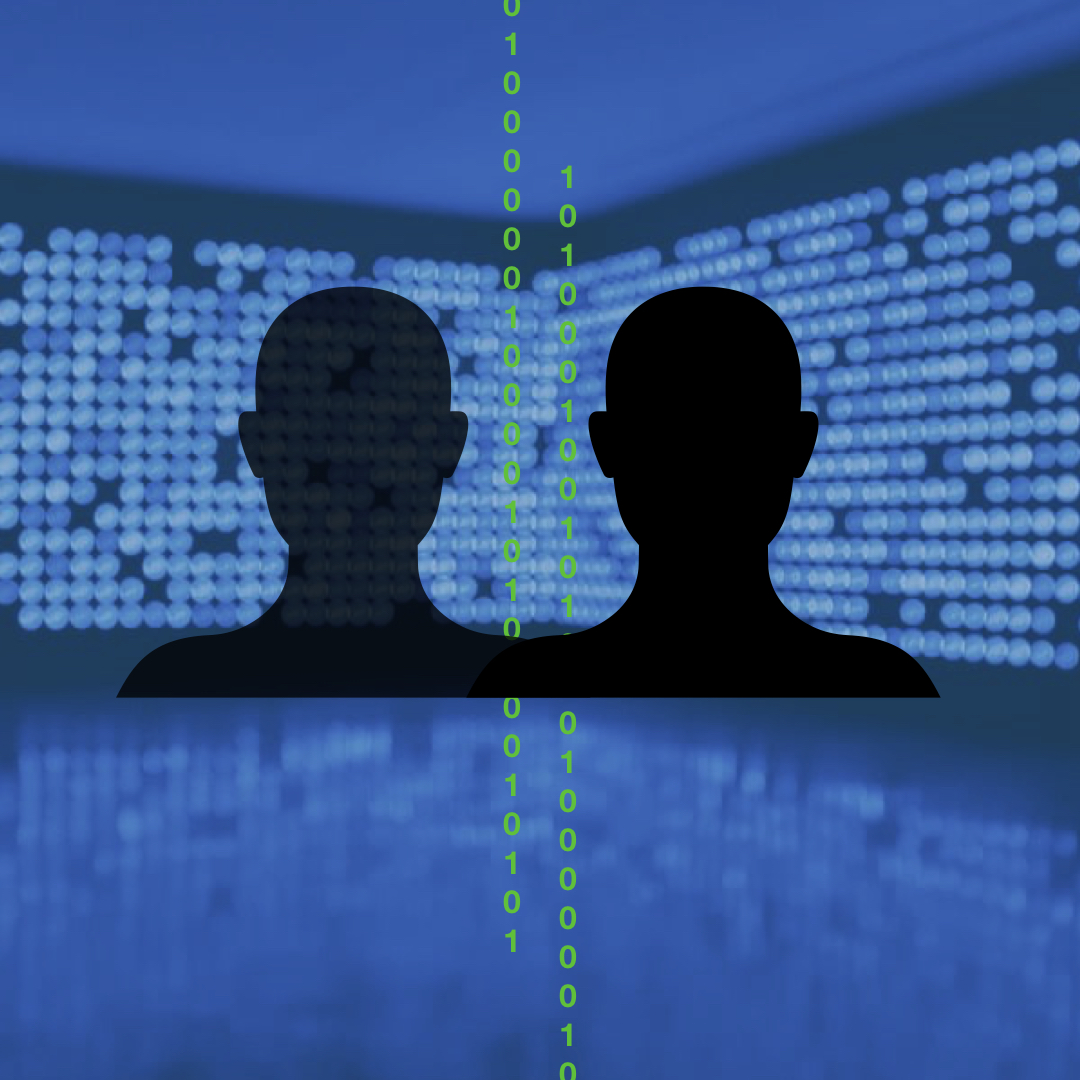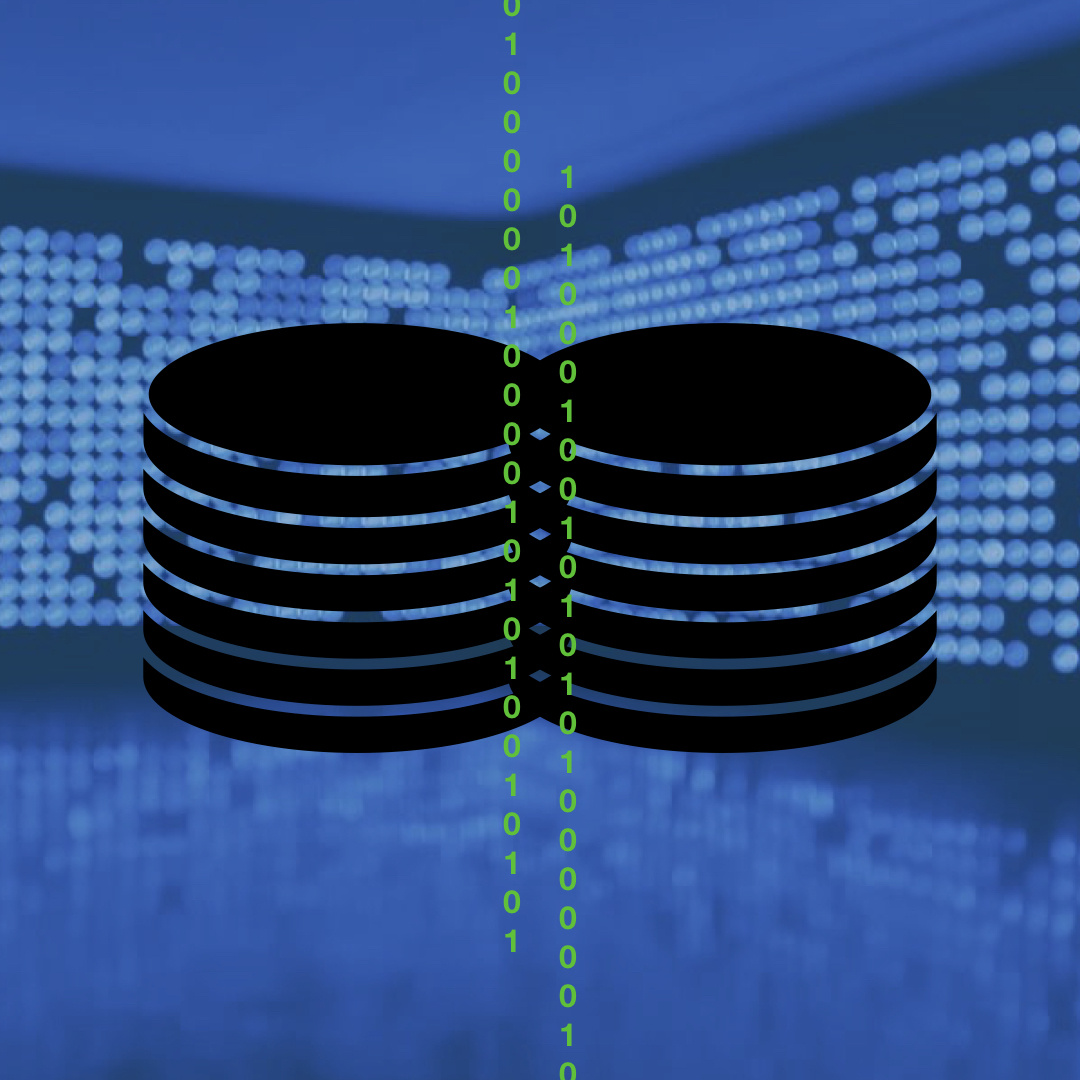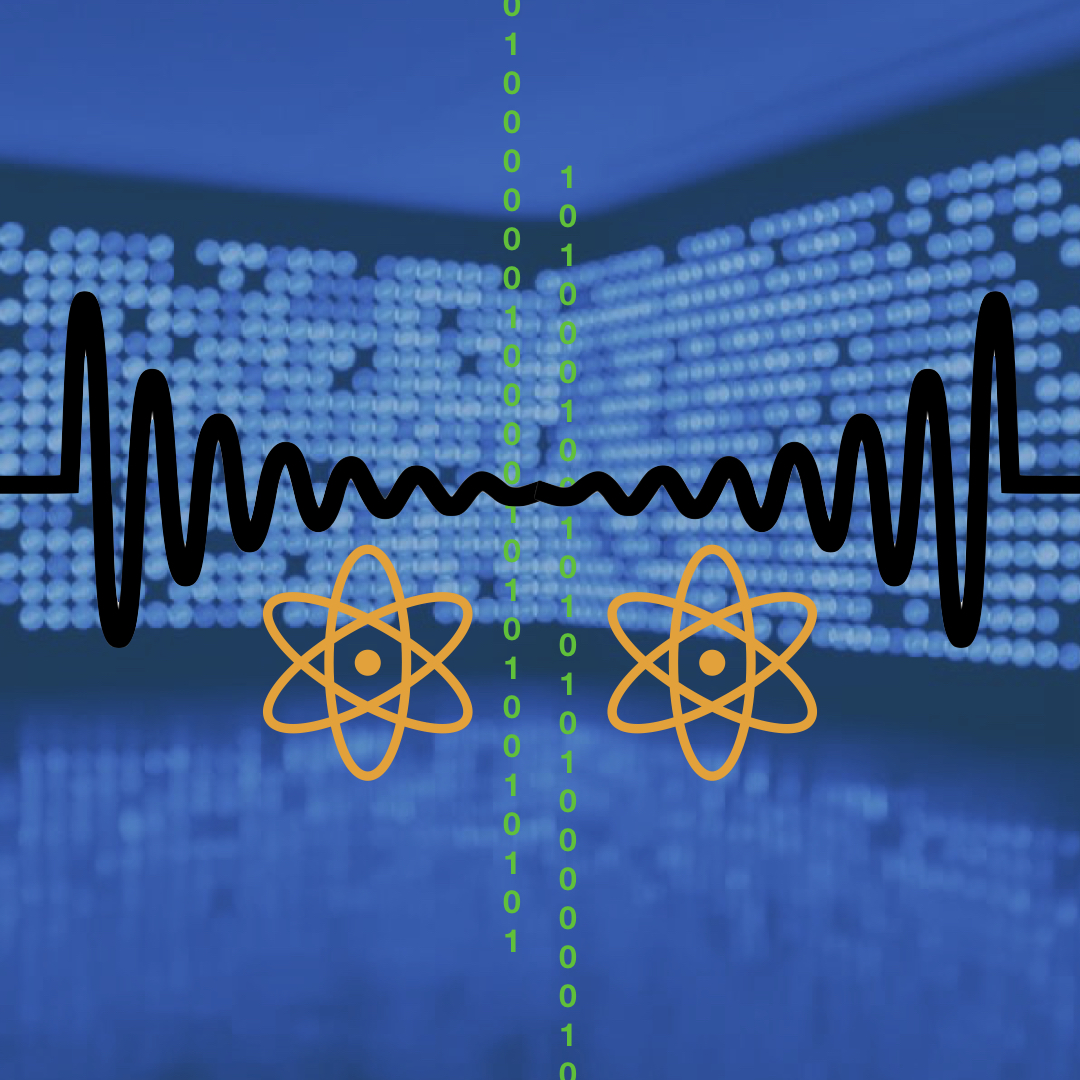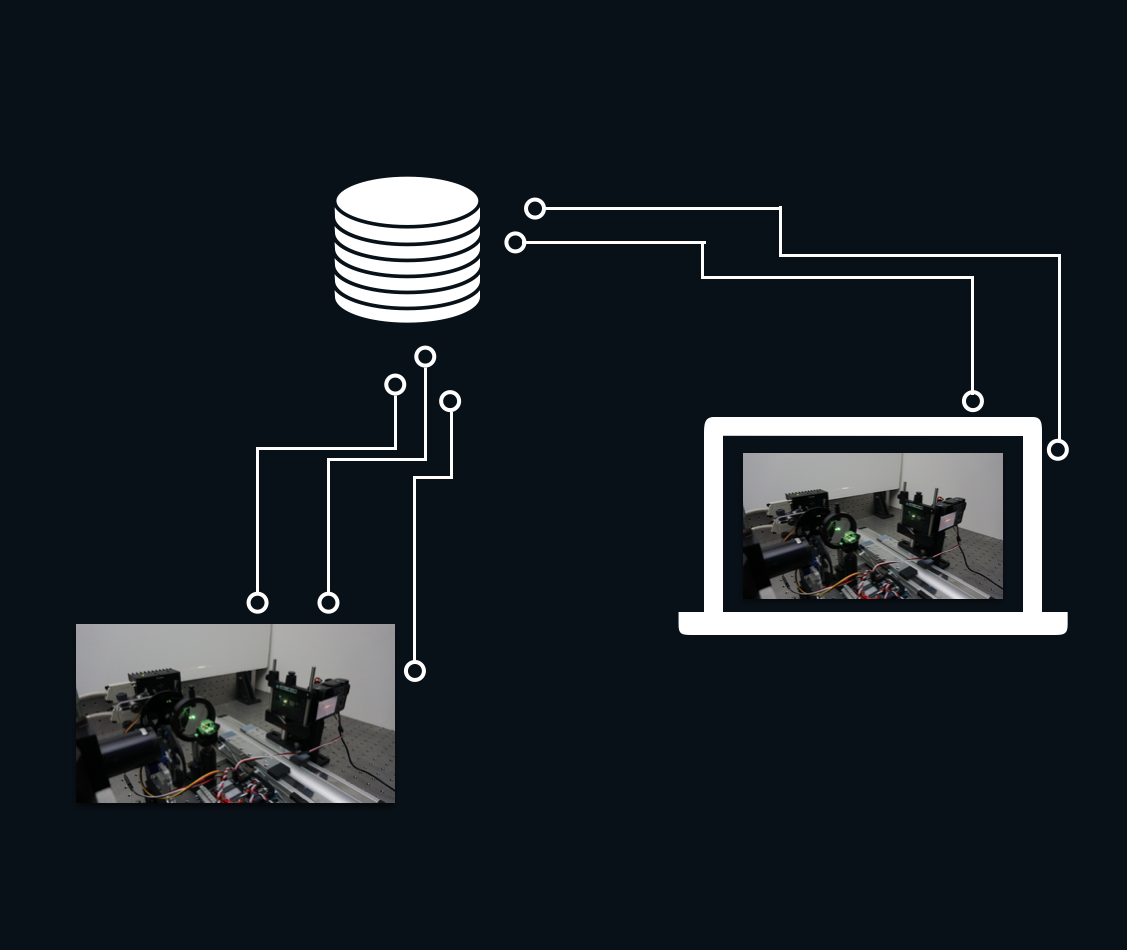Experiments turned into data:
iLabs is the digital mirror image of laboratories
Scalable: Remotely accessible by millions of people & easily shareable
Akin: Digital and Physical Twin resemble each other in all details, observations and outcomes
Interactive: Same experiene: Both twins provide the same interactive controls and dynamics
iLabs for Online Education
The digital twin adds experiments to the digital curriculum
Students can:
- Share and discuss experiments
- Work asynchronously
- See unexpected outcomes
- Bridge the gap between theory and practice
Especially during the Covid-19 pandemic, many students are studying from home. Our goal is to help these students.
Features
The digital twin augments the laboratory experience
iLabs allows:
- Easy sharing of experiments
- Interactions and discussions about outcomes
- Display of Noise Characteristics
- Version Management for Experiments
iLabs for Science
The digital twin can be shared with your peers
iLabs can be used for:
- Version Management
- Scientific Communication
- Sharing of Prototypes and Failures
- Ensuring Reproducibility
Approach
As a digital twin, the experiments on the iLabs platform are exact replicas of physical experiments and can be continuously updated. The digital twin contains all sensor readings and images of the experimental setup. Any experiment can be recorded, uploaded and widely shared!
The idea behind iLabs is simple, yet powerful: experiments have a finite number of states. Thus, they can be recorded in their entirety. The resulting data is displayed on this platform - with all details from the physical lab, but easily scalable to as many users as desired.
iLabs originated at Stanford University in the 1990s as the world's first remote laboratory platform. This new platform brings the concept of digital twins to scientific experimentation and educational laboratories.
If you have any questions about our platform, please reach out to us at bert@kaos.stanford.edu. We are happy to talk about the ongoing development of iLabs and we welcome contributors.



